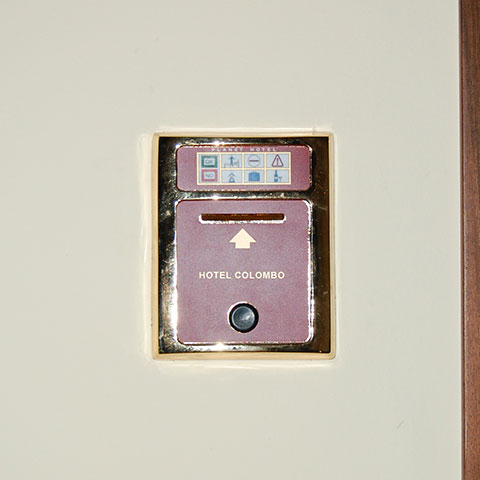Oderzo and surrounding areas
Origins
Oderzo, known as Opitergium by the Romans, rises to the east of the Marca of Treviso, on the plain between the Piave and Livenza rivers. In 49 BC Caesar awarded it municipium status and, still under Roman influence, it reached its greatest cultural and economic splendour around the second century AC, under the emperor Augustus, thanks too to the Via Postumia Highway. From that time on, due to the unceasing waves of barbarian invasions, Oderzo slowly declined until the Middle Ages, when the fortified town emerged. From 1380, it was ruled by the Venetian Republic, this state of affairs coming to an end with Napoleon in 1797. Firstly, it came under Austrian domination, before finally being annexed to the Kingdom of Italy in 1866. It was only after the Second World War that Oderzo, from a farming-based city, became a centre of modern industrial and tertiary business.
What to see
Oderzo is second only to Treviso for the number of annual visitors to the Marca of Treviso. This demonstrates the constant interest aroused by its intense cultural life and the significance of its archaeological sites.
Hotel Colombo, close to Oderzo, gives you the chance to explore its historic centre, keeper of stories covering three successive historical epochs: Roman, the Middle Ages and the Renaissance. Important traces of Roman times can in fact be glimpsed between Via Roma and Via Mazzini, the remains of the Augustan era forum buildings, and the basilica and floors of a domus, or home. Other mosaic-decorated floors are in Via dei Mosaici. Remains of the first century AC baths are Via Savonarola. Via Spinè is where necropolis remains can be viewed. Mosaics and floors may be seen in the former Foro Boario piazza. Where Via Roma and Via Dalmazia intersect, you will find a Roman well and road. No less interesting are the palaces, built between the fifteenth and seventeenth centuries, and the subsequent churches, signs of the city’s medieval heritage. An example of this is the clock tower known as the Torresin, symbol of the city whose heart, however, is the Piazza Grande, towered over by the Roman-Gothic style of the Duomo of San Giovanni Battista, although added to over the centuries. Inside are major seventeenth century frescoes by Palma il Giovane.
Museums
The Municipal Archaeological Museum ‘Eno Bellis’, situated in the portico of Palazzo Foscolo (Via Garibaldi, 63), has exhibitions of pre-Roman and Roman finds and mosaics come to light over the years. The Alberto Martini Art Museum on the other hand (Palazzo Foscolo – Via Garibaldi, 63) collects the works and personal documents of the painter, forerunner of the surrealist movement.










